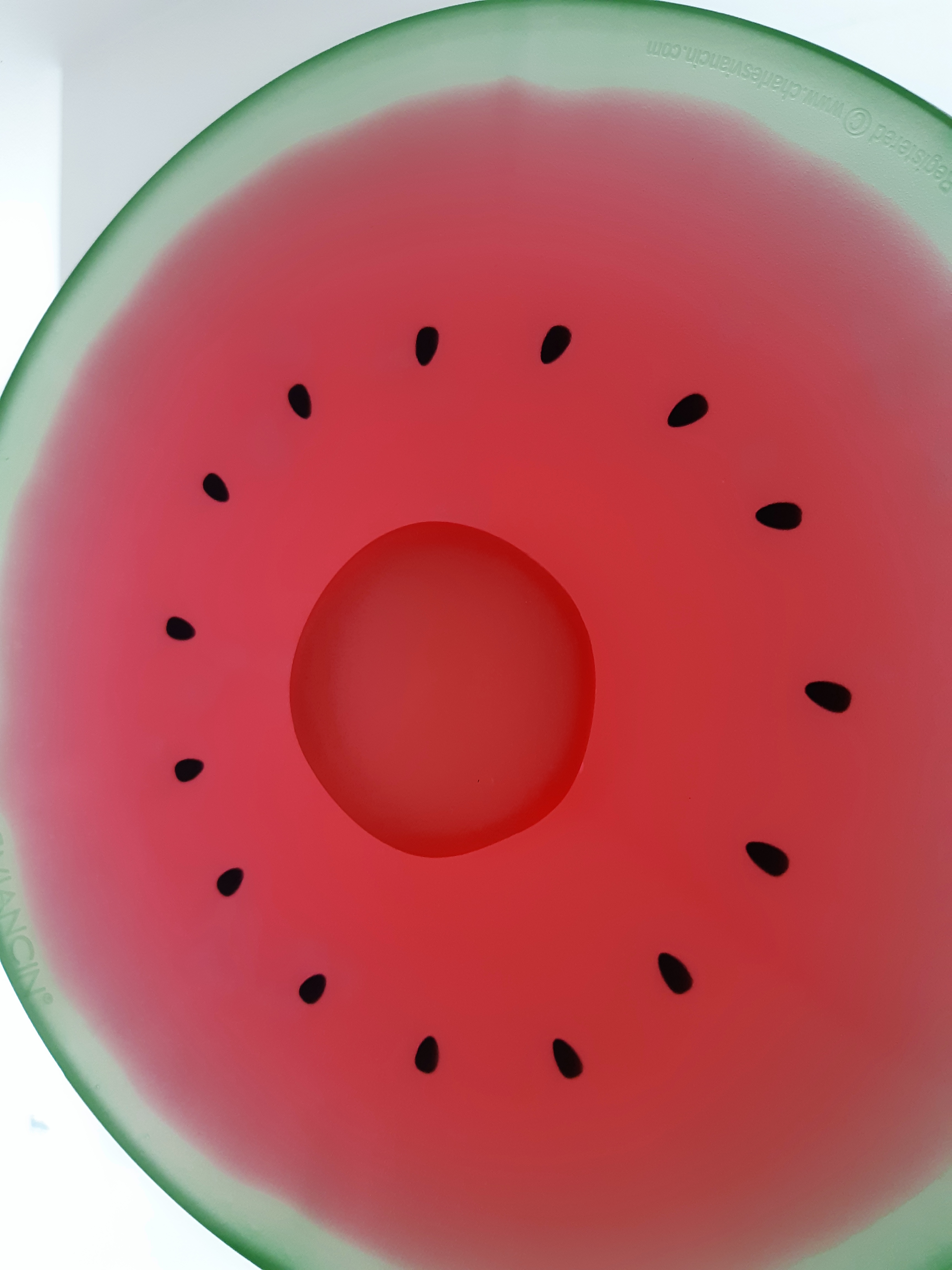Do you have a kitchen goal for 2019? I like to set myself a goal to achieve throughout the year, sometimes it is to learn a new cuisine, other times it may be to incorporate more of a food into my diet, a few years ago I focussed on reducing our food waste and last year it was to increase the number of meat-free meals we ate. This year, I’m going to focus on cutting back the cling film.
Why cling film? Well apart from it being so annoying to get off the roll and it sticking to all the wrong things, cling film is a single-use plastic. As we know, there was a big push last year to reduce how much single-use plastic ends up at landfill and after doing an audit of the plastic waste generated in our kitchen, I noted that cling film was one of the main offenders and an obvious area for improvement.
As with reducing our food waste, I think the ideal approach is going to be to start small and introduce changes gradually. That way it won’t seem like a massive change, we can get used to our new habits and will be more likely to stick with them in the long term.
I took some baby steps last year; buying a microwave rice steamer instead of using a bowl and piece of cling film as I had done previously and using more plastic containers for storing leftovers in the fridge rather than covering a plate or bowl with cling film.
So what other achievable steps are there that anyone could take to cut back?
Food can be wrapped in or covered with greaseproof paper or tin foil, both of which are widely recyclable.
When cooking or re-heating food in the microwave, plates and dishes can be covered with another piece of crockery. Alternatively, you could buy a microwave cover or a silicone suction lid. I was bought a silicone lid for Christmas and it works a treat in the microwave and in the fridge and they come in various sizes. It’s also dishwasher safe and therefore easy to keep clean.
We’ll aim to put all lunches and leftovers in boxes – it’s still plastic but it can be reused many times and can be recycled when past its best.
Glass jars are handy for storing liquid leftovers, soups and dressings. Again, they can be cleaned easily in the dishwasher and recycled when the need arises.
The holy grail of this year’s goal will be to try and introduce beeswax wraps into our kitchen lives. These wraps are made of cotton and coated in pine resin, oil and beeswax. They act like clingfilm but are reusable and biodegradable. These wraps from the Beeswax Wrap Company look amazing too.
